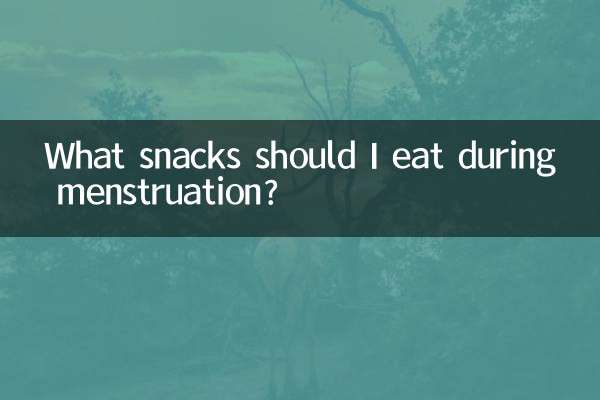What medicine should be taken for gynecological back pain?
Recently, the problem of back pain caused by gynecological diseases has become one of the hot topics in women’s health discussions. Many women suffer from waist pain due to physiological structure, living habits or disease factors, which seriously affects their quality of life. This article will combine the hot topics and medical advice on the Internet in the past 10 days to provide you with a detailed analysis of the common causes of gynecological back pain and symptomatic medication plans.
1. Common causes of gynecological back pain

Low back pain caused by gynecological diseases is usually related to the following conditions:
| Cause | Typical symptoms | High-risk groups |
|---|---|---|
| pelvic inflammatory disease | Lower abdominal pain, lumbosacral pain, abnormal leucorrhea | Women of childbearing age |
| endometriosis | Intensified low back pain, dysmenorrhea, and dyspareunia during menstruation | Women aged 20-40 |
| Uterine fibroids | Swelling and pain in the lower back, increased menstrual flow, and frequent urination | Women aged 30-50 |
| ovarian cyst | Unilateral low back pain, abdominal distension, menstrual disorders | Women of childbearing age or premenopausal |
2. Symptomatic drug treatment plan
For different causes, doctors may prescribe the following medications:
| disease type | Commonly used drugs | function | Things to note |
|---|---|---|---|
| pelvic inflammatory disease | Cephalosporin antibiotics (such as ceftriaxone), metronidazole | Anti-infection, anti-inflammatory | Adequate course of medication is required to avoid drug resistance |
| endometriosis | Progestins (such as dienogest), NSAIDs (ibuprofen) | Inhibit intimal growth and relieve pain | Long-term medication requires monitoring of liver function |
| Uterine fibroids | GnRH analogs (such as leuprolide), mifepristone | Reduce fibroid size | May cause perimenopausal symptoms |
| ovarian cyst | Oral contraceptives (such as ethinyl estradiol cyproterone) | Regulate hormones and inhibit cyst growth | Not suitable for malignant cysts |
3. Assisted treatment and life suggestions
1.Physical therapy:Hot compress can relieve pelvic congestive low back pain, 15-20 minutes a day is appropriate.
2.Sports conditioning:Yoga or Kegel exercises are recommended to strengthen the pelvic floor muscles.
3.Diet conditioning:Increase the intake of vitamin E (nuts, spinach) and Omega-3 (deep-sea fish), and reduce spicy and irritating foods.
4. Medication contraindications and risk warnings
• Hormone drugs such as mifepristone are contraindicated in pregnant women.
• Avoid taking antibiotics with alcohol.
• Long-term use of painkillers may mask the condition and requires regular review.
5. Latest Hot Discussions
Recent hot topics on social platforms include:
- Controversy over the effectiveness of traditional Chinese medicine in treating gynecological low back pain (such as Guizhi Fuling Pills)
- The correlation between prolonged sitting and pelvic congestion syndrome among working women
- Progress in clinical trials of new biologics for the treatment of refractory endometriosis
Summary:Gynecological back pain requires targeted medication after the cause is identified. Do not buy painkillers on your own to cover up symptoms. It is recommended to have an annual gynecological examination for early detection and early treatment. If the pain lasts for more than 1 week or is accompanied by fever or bleeding, seek medical attention immediately.

check the details

check the details